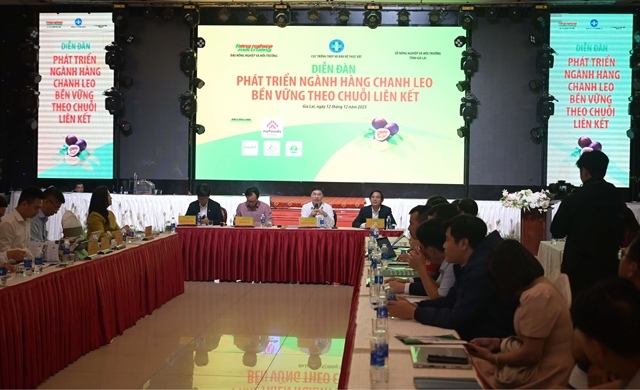Japanese Ethoxyquin barrier keeps Vietnamese shrimp outside
Japanese Ethoxyquin barrier keeps Vietnamese shrimp outside
Vietnam now faces the risk of losing Japan as the biggest shrimp export market, because the importer requires very low Ethoxyquin content in shrimp products.

On August 31, Japanese competent agencies ordered to examine 100 percent of the consignments of shrimp products imported from Vietnam. The Ethoxyquin content must not be higher than 0.01 ppm, while the products which cannot satisfy the strict requirement must be refused.
The Vietnam Association of Seafood Exporters and Producers (VASEP) said it is unreasonable to require such a low Ethoxyquin content. This is an antioxidant widely used in animal feed, while in most of the countries in the world, the allowed Ethoxyquin content levels are between 75 and 150 ppm.
According to Tran Bich Nga, Deputy Director of Nafiqad, the seafood quality control agency under the Ministry of Agriculture and Rural Development (MARD), the EU now allows the Ethoxyquin content at 150 ppm at maximum in animal feed, while it does not set the Ethoxyquin content limitations for food in general and seafood in particular.
The US also allows to have the ceiling Ethoxyquin content in animal feed at 150 ppm, while there has been no regulation for seafood products.
Also according to Nga, Japan stipulates that the Ethoxyquin content must not be higher than 150 ppm in the feed for shrimp, and 1 ppm in fish, while it does not set limitations on crustacean and has not defined limitations on shrimp and crab.
Under the Japanese regulations, if no specific residue limitation has been set for one specific type of product, competent agencies would set limitations by default. Here, the default level for shrimp is 0.01 ppm.
VASEP said that the Japanese strict control has put big difficulties for Vietnamese enterprises, which now dare not export shrimp products to Japan because of the high risks.
By mid August, Vietnam had exported 1.3 billion dollars worth of shrimp products, of which 27 percent went to the Japanese market, 21 percent to the US, and 14 percent to the EU. However, the shrimp export turnover to Japan in the first half of August dropped by 22.3 percent in comparison with the same period of the last year, the sharpest decrease so far.
What can be used to replace Ethoxyquin?
Facing the risk of losing the Japanese market, VASEP has asked the Fisheries Directorate to find out solutions to the problem, while suggesting MARD to set up the new ceiling Ethoxyquin content in shrimp feed at 0.5 ppm instead of the current 150 ppm, which would help ease the Ethoxyquin residues in shrimp products.
However, Nga from Nafiqad said if Japan sets the limitation at 100-150 ppm for shrimp feed, it would be unreasonable for Vietnam to set the limitation at such a low level of 0.5 ppm.
“The low content level could be acceptable for food, but impossible for seafood, while it does not come in line with the international practice,” Nga said.
Truong Dinh Hoe, VASEP’s Secretary, has advised farmers and enterprises not to feed shrimp with the products containing Ethoxyquin. He said that one week or 10 days before the harvesting, farmers should provide other feed products, with no Ethoxyquin.
Bui Duc Quy from the Fisheries Directorate said there are two substances which have the same features as Ethoxyquin, namely BHA (Butylated Hydroxyl Anisole) and BHT (Butylated Hydroxyl Toluence).
Quy said foreign feed manufacturers have affirmed they can be used instead of Ethoxyquin in shrimp hatchery. However, the problem is that they have high prices, which would make the shrimp production costs high. Therefore, no solution has been found so far to the shrimp problem.
vietnamnet
























